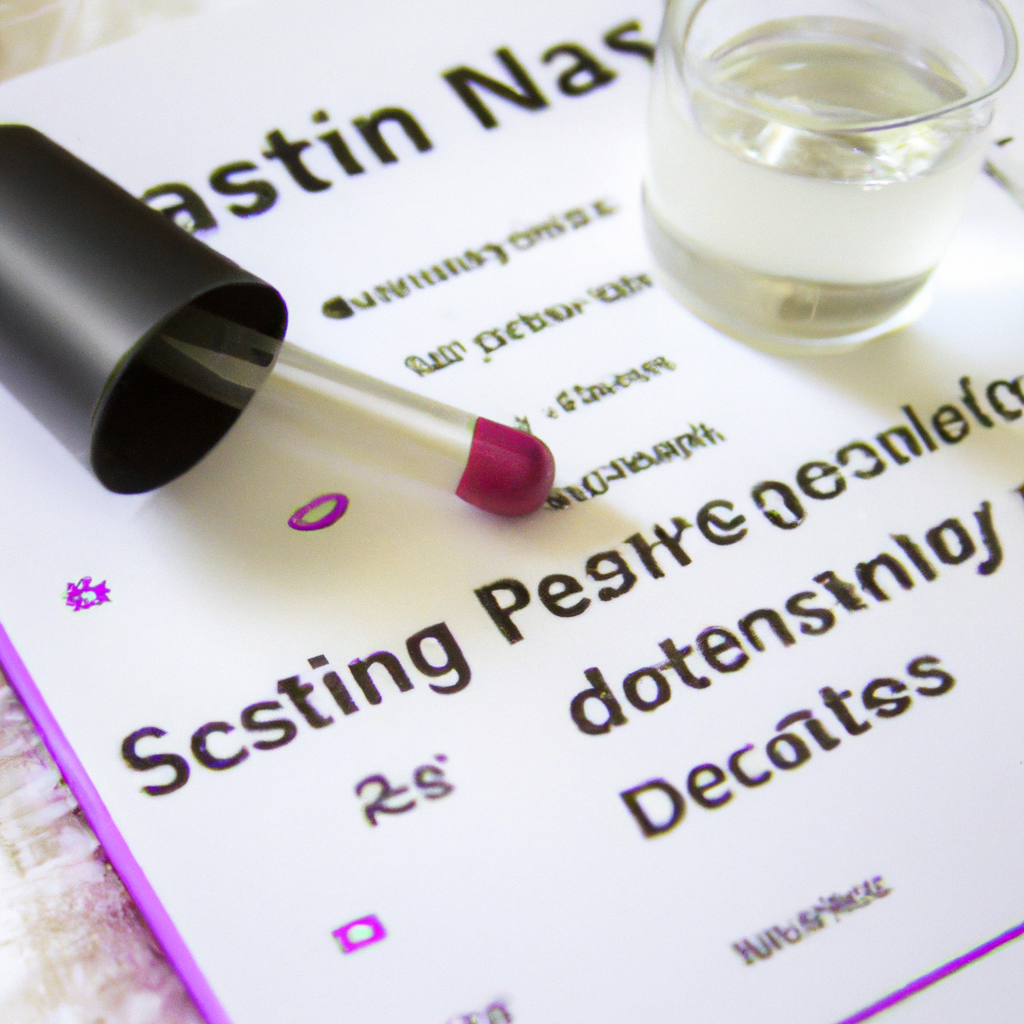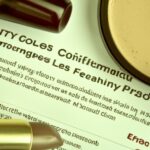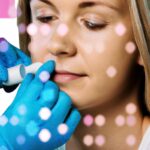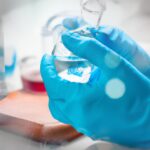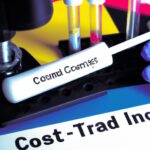A Look at the Leading Non-Animal Testing Methods for Luxury Cosmetics
Neglecting to test for the safety of cosmetics before introducing them to the market can lead to serious consequences. In the past, animals were routinely used in testing to ascertain the safety of new makeup and skincare products. But today, tremendous advances have been made that allow manufacturers offering luxury cosmetics to exclusively utilize non-animal testing methods.
These modern testing techniques are of equal accuracy as animal testing, with far less ethical implications. There are several different non-animal testing methods to evaluate the safety of skincare and makeup products, ensuring that consumers have access to premium products that have been thoroughly tested.
Technology-Driven Non-Animal Testing Methods
When it comes to non-animal testing methods, the most accurate and reliable techniques involve the use of advanced technology. Here are a few of the most prevalent methods:
In Vitro Testing
In vitro testing is one of the most commonly used methods for assessing the effects of a cosmetic without having to use animals. This method involves isolating and studying skin cells in a test tube or Petri dish, outside of the body. This testing technique can be used to analyze the safety, effectiveness and stability of the formula and ingredients.
Computer Modeling
Computer modeling is an advanced technology that is used to simulate human-like systems for the testing of cosmetics. This technology can utilize existing records of human responses to new items in order to create accurate and predictable models.
Safety Testing Using Human Volunteers
This technique involves getting a group of volunteers together and testing the effects of the cosmetic on them. This works by examining both the short-term and long-term effects of the product’s ingredients in order to assess its safety.
The Benefits of Non-Animal Testing Methods
Non-animal testing methods have numerous advantages when it comes to evaluating the safety of a cosmetic before releasing it to the market.
-
- Non-animal testing methods are far more efficient than traditional animal testing, leading to quicker results.
-
- They are more accurate and safer than animal testing.
-
- These tests are ethical, and respect the rights of animals.
-
- The results can be used in any market as they can be tailored to fit each specific geographic region.
FAQ’s
Why is non-animal testing preferable?
Non-animal testing methods are far more accurate, efficient and ethical than traditional animal testing. Furthermore, these tests can be tailored to each market, meaning that the results are relevant for a particular area or region.
Are these non-animal testing methods reliable?
Yes, these methods offer a level of reliability that is comparable to animal testing. They provide a more precise and accurate assessment of the safety and effectiveness of cosmetics.
What method is used to assess the stability and effectiveness of a cosmetic formula?
In vitro testing is the most accurate and reliable technique for assessing the effectiveness and stability of a cosmetic. This method involves the study of skin cells outside the body, in a Petri dish or test tube.
Which non-animal testing method utilizes human volunteers?
Safety testing using human volunteers is a common method employed to evaluate the safety of a cosmetic before introducing it to the market. This technique involves examining the short- and long-term effects of a product’s ingredients in order to assess its safety.
Conclusion
Today, leading luxury cosmetics manufacturers rely solely on non-animal testing methods to ensure the safety of their products before introducing them to the market. These methods are extremely reliable, ethical and efficient, and involve advanced technologies such as in-vitro testing, computer modeling, and safety testing using human volunteers. Knowing exactly what testing techniques are used provides consumers with a greater peace of mind that the items used on their skin have been tested for reliability and safety without involving any animals.
Exploring the Future of Non-Animal Testing Methods in Luxury Cosmetics
With the advancement of technology and growing ethical concerns, the cosmetic industry has witnessed a significant shift toward non-animal testing methods. These innovative techniques ensure the safety, reliability, and effectiveness of luxury cosmetics while upholding ethical standards. In this article, we delve deeper into the cutting-edge non-animal testing methods that leading manufacturers employ, their benefits, and their impact on the market.
Revolutionary Advancements in Technology-Driven Testing
Technology has played a pivotal role in shaping non-animal testing methods, providing accurate and efficient alternatives. Let’s explore a few of the most prevalent techniques:
In Vitro Testing: Pioneering Research Outside the Body
In vitro testing has emerged as one of the most widely utilized methods for assessing cosmetic safety without resorting to animal experimentation. By isolating and studying skin cells in controlled environments such as test tubes or Petri dishes, scientists can meticulously analyze the formula’s safety, effectiveness, and stability. This technique not only eliminates the need for animal subjects but also provides highly accurate results.
Computer Modeling: Simulating Human-Like Systems
The integration of computer modeling has revolutionized cosmetic testing by simulating human-like systems. By leveraging existing records of human responses to new products, manufacturers can create sophisticated and precise models. These simulations enable accurate predictions of a cosmetic’s performance and minimize the reliance on animal testing. Through computer modeling, luxury cosmetic brands can ensure both efficacy and safety while enhancing their product development processes.
Safety Testing Using Human Volunteers: Real-Life Assessment
Ensuring consumer safety is of utmost importance for luxury cosmetic manufacturers. Safety testing using human volunteers has emerged as a valuable method to assess the effects of cosmetics. By gathering a diverse group of volunteers, manufacturers can evaluate both short-term and long-term effects of a product’s ingredients. This real-life assessment allows for a comprehensive understanding of a cosmetic’s safety profile and ensures consumer well-being.
The Benefits of Embracing Non-Animal Testing Methods
Non-animal testing methods present a myriad of advantages that go beyond ethical considerations. Let’s explore the benefits that luxury cosmetics manufacturers and consumers can reap:
- Enhanced Efficiency: Non-animal testing methods offer improved efficiency compared to traditional animal testing. These advanced techniques yield quicker results, allowing manufacturers to expedite their product development processes and meet market demands efficiently.
- Unparalleled Accuracy and Safety: By employing non-animal testing methods, luxury cosmetic brands can ensure unparalleled accuracy and safety. The precision of in vitro testing, the sophistication of computer modeling, and the real-life assessment of human volunteers contribute to reliable and robust safety evaluations.
- Ethical Considerations: Non-animal testing methods inherently respect the rights of animals by eliminating the need for their involvement in cosmetic testing. Consumers who prioritize cruelty-free products can make informed choices, supporting brands that align with their ethical values.
- Adaptability to Global Markets: The versatility of non-animal testing methods allows manufacturers to tailor their safety evaluations to specific geographic regions. This adaptability ensures that products meet the regulatory requirements and consumer expectations of diverse markets worldwide.
Frequently Asked Questions
Why is non-animal testing preferable?
Non-animal testing methods offer superior accuracy, efficiency, and ethical considerations compared to traditional animal testing. Furthermore, these methods can be
tailored to specific markets, ensuring the relevance of the results for a particular area or region.
Are these non-animal testing methods reliable?
Absolutely! These methods provide a level of reliability comparable to animal testing. By utilizing advanced technologies and real-life assessments, non-animal testing ensures precise evaluations of cosmetic safety and effectiveness.
What method is used to assess the stability and effectiveness of a cosmetic formula?
The most accurate and reliable technique for assessing the stability and effectiveness of a cosmetic formula is in vitro testing. This method involves studying skin cells outside the body, in controlled environments such as Petri dishes or test tubes.
Which non-animal testing method utilizes human volunteers?
Safety testing using human volunteers is a common method employed to evaluate the safety of cosmetics before they hit the market. This technique involves examining the short- and long-term effects of a product’s ingredients to ensure its safety and consumer satisfaction.
Conclusion
Today, luxury cosmetics manufacturers rely on advanced non-animal testing methods to ensure the safety, efficacy, and ethical integrity of their products. By embracing innovative technologies such as in vitro testing, computer modeling, and safety assessments using human volunteers, these brands deliver premium cosmetic products that meet the highest standards. Consumers can take comfort in knowing that their skincare and makeup choices are backed by reliable, cruelty-free testing methods. As the industry continues to evolve, non-animal testing methods pave the way for a more ethical, efficient, and consumer-centric future.

